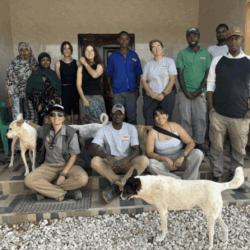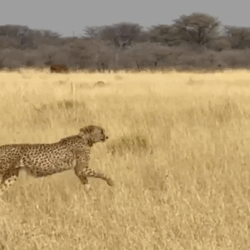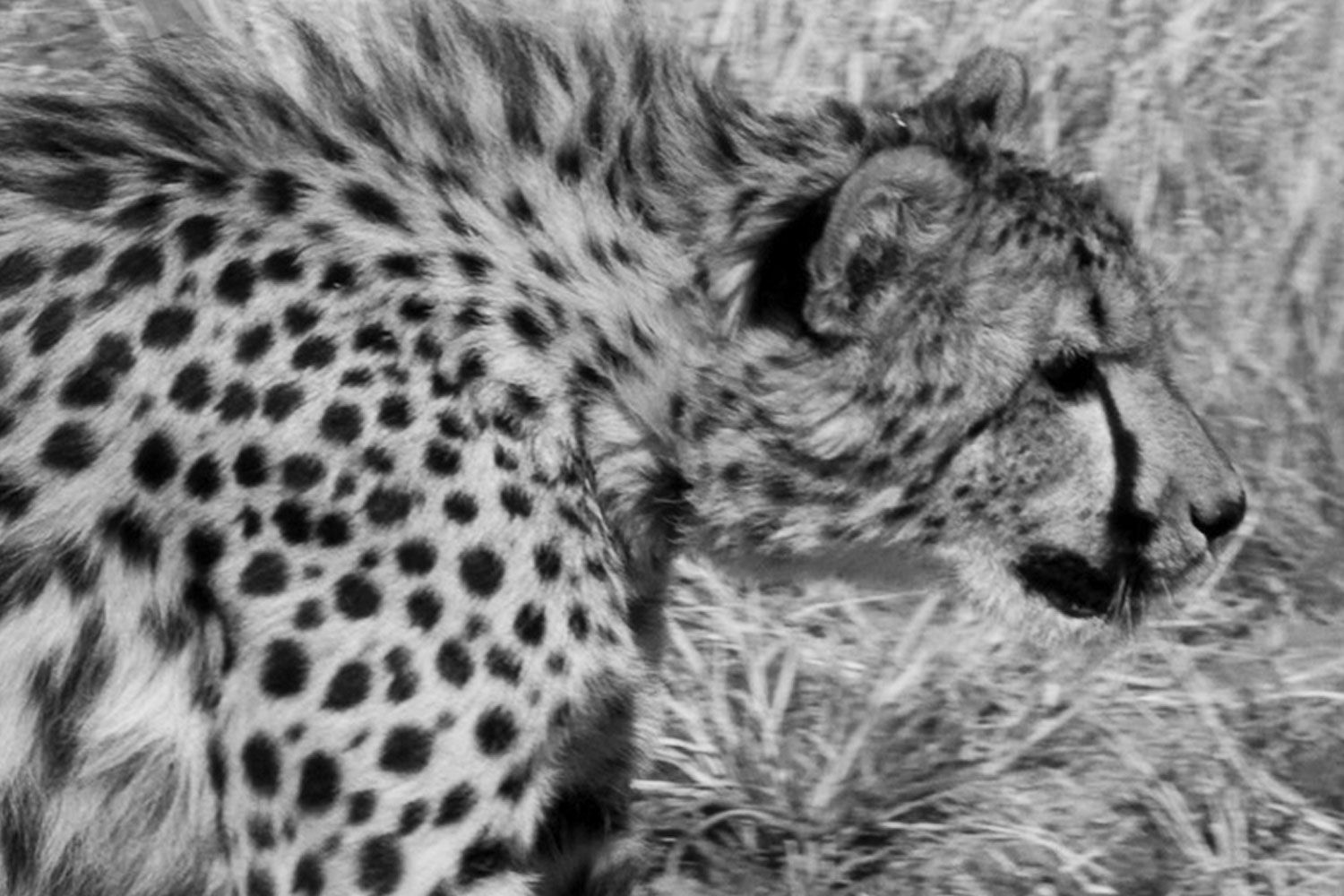Global Rewilding Day – 2025
-
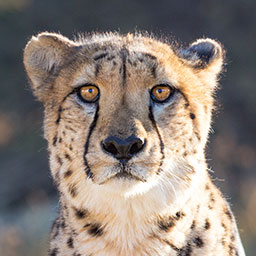
- by Malee Oot March 20, 2025
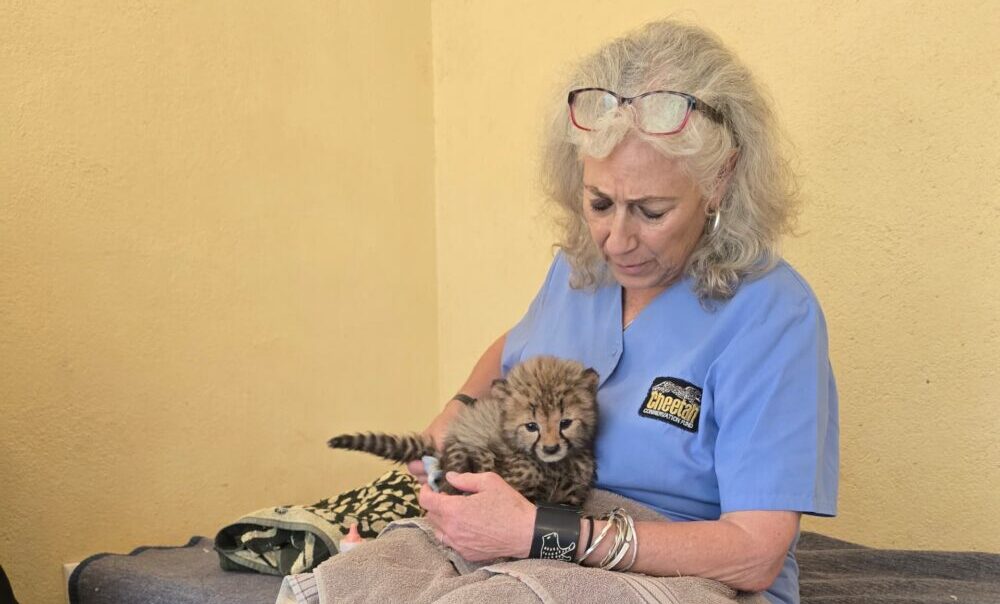
Whenever possible, Cheetah Conservation Fund’s (CCF) returns cheetah back in the wild. This is not a straight forward situation. Last week, two orphaned male cheetah cubs were transferred to CCF Headquarters in Namibia. With their teeth just coming in, the cubs are estimated to be about six weeks old. So – can cubs like this be returned to the wild?
CCF often has short-term rehabilitation cases involving cheetahs that require only minimal medical attention. In these cases, if the cats are older than cubs or adolescents, they are rehabilitated using isolation techniques to minimize contact with humans, and encourage wild behaviors. Sometimes, the situation is more complex – for instance, cheetahs orphaned as very young cubs or cats with more severe medical issues.
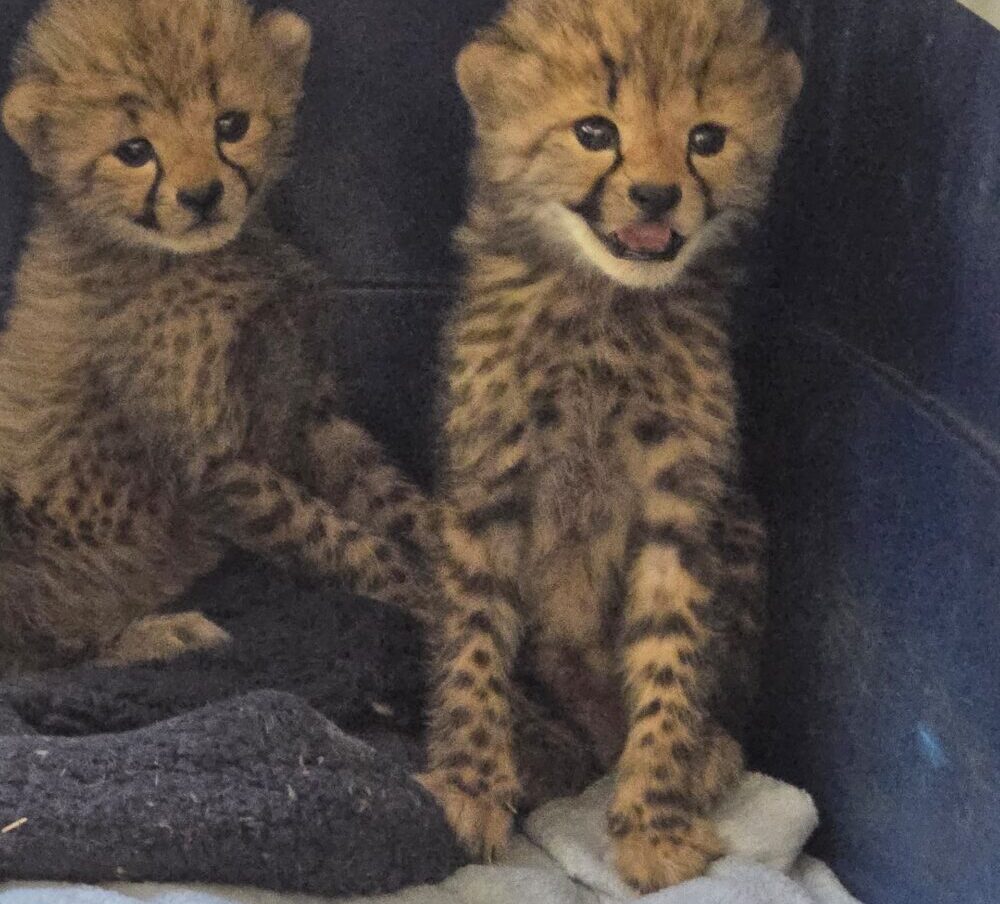
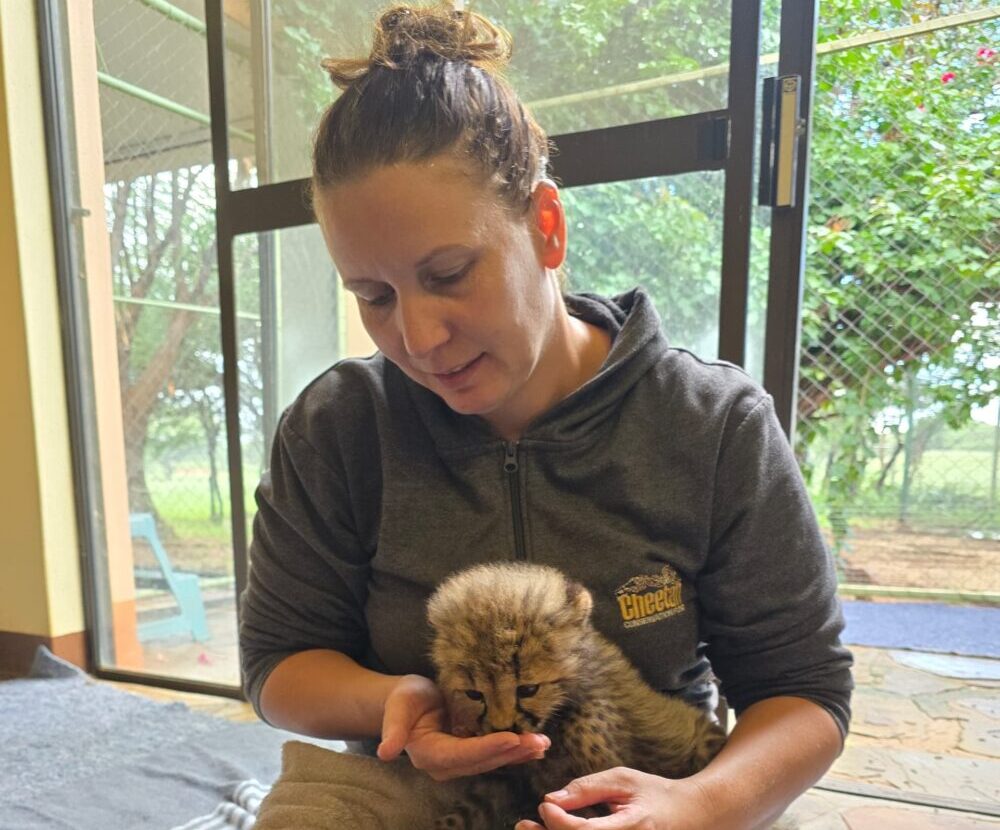
Despite the challenges, rewilding rescued cheetahs is an integral part of CCF’s efforts to protect the species. Globally, nearly two-thirds of the planet’s large terrestrial carnivores are threatened with extinction – including cheetahs. So, returning rehabilitated individuals to the wild is one way to conserve the species. For example, rewilding efforts can restore cheetah populations to their historic range, and can boost dwindling wild populations, genetic diversity.
There are other benefits beyond species conservation too. Apex predators, like cheetahs, shape virtually every aspect of the ecosystems they inhabit. Their presence regulates prey populations and keeps disease outbreaks in check. By dispersing herbivores and smaller carnivores, apex predators also influence vegetation growth. The cascading trophic impact of these big carnivores stabilizes ecosystems, and makes them more productive, boosting biodiversity. Rewilding big carnivores benefits people too. Healthier ecosystems provide critical ecological services, for example, generating benefits like improved soil and water quality.
So, with all these potential benefits – can cubs like these two young males ever be returned to the wild? To address the complexity of this issue, a few years ago CCF developed a rewilding methodology based on long-term research evaluating cheetah releases over a 15 year period. The research highlighted multiple factors tied to the success of prospective candidates for rewilding – including their age, health, life history and response to humans.
Want to help? You can follow – and support – the journey of these two young cubs.
"Cheetah Tracks" Newsletter Sign-Up
Stay updated on the activities of Cheetah Conservation Fund in Canada, Namibia and Somaliland. We send semi-annual newsletters and info about special events and initiatives. We will not share your email address with any other organization.
Related Reading
-
November 23, 2025
Canadian Veterinarian Reunites With Rescued Cheetahs – Somaliland
